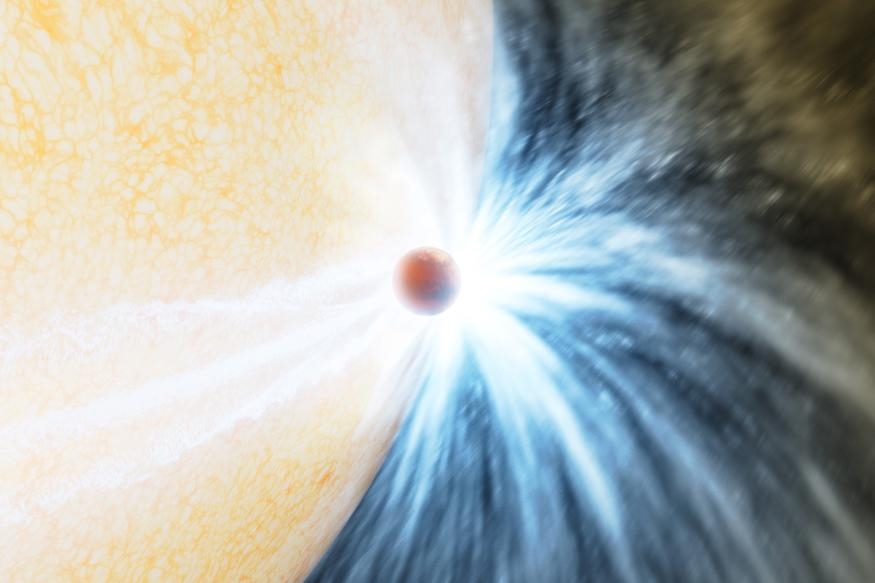Astronomers finally spot a star consuming a planet
Earth will eventually meet the same end.
Scientists know that a dying star will become a giant that swallows all the planets within a certain radius, but they’ve never seen it happen… before now, that is. Astronomers at Caltech, Harvard, MIT and other schools have detected a star consuming one of its orbiting planets as it turns into a red giant. A star about 12,000 light-years away, close to the Aquila constellation, became 100 times brighter for over 10 days in an outburst that researchers say represented a hot jovian world falling into its host star’s atmosphere and, ultimately, its core.
The group first observed the burst in May 2020, but took roughly a year to determine what happened. Thanks to the NEOWISE infrared telescope, the team ruled out merging stars. The energy from the outburst was only a thousandth of what it should have been for a star-on-star collision, and there was a stream of cold dust rather than hot plasma. MIT’s Kishalay De, who led the paper, also notes that Jupiter’s mass is about a thousandth that of the Sun, providing a handy reference point.
This phenomenon is believed to be common in the universe, and it’s believed that the Earth and other inner Solar System planets will face a similar demise when the Sun dies roughly 5 billion years from now. In that regard, the astronomers confirmed their existing models. Past studies caught stars just before and after they swallowed planets, but never in mid-digestion.
There are still unknowns surrounding planet-munching stars. This finding helps complete the picture, though, and De tells ScienceNews that the next wave of infrared-capable observatories will increase the chances of finding similar events. That, in turn, could illustrate how these apocalyptic processes vary across the cosmos.

(19)
